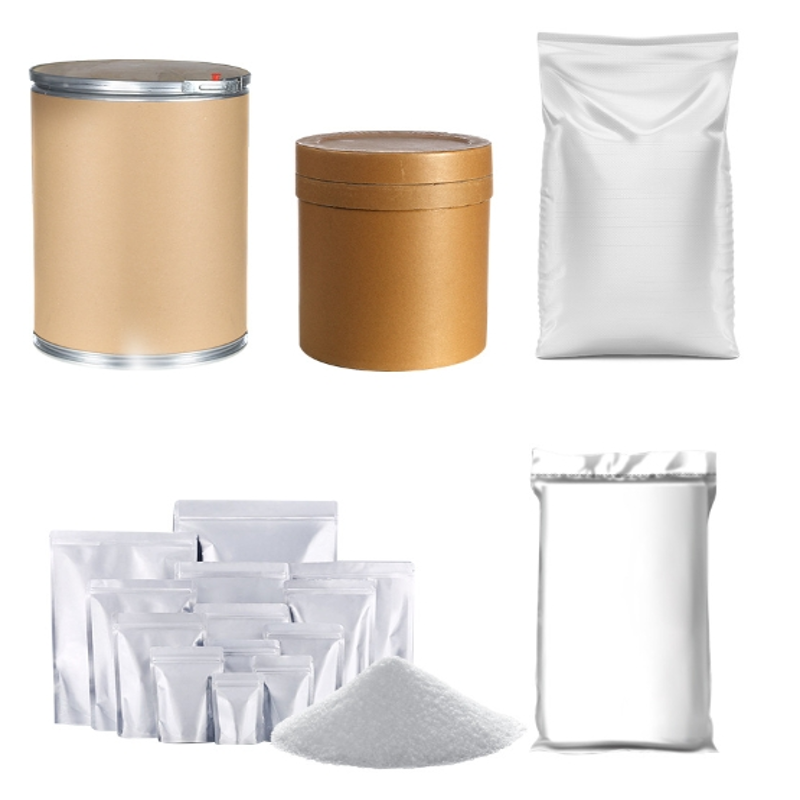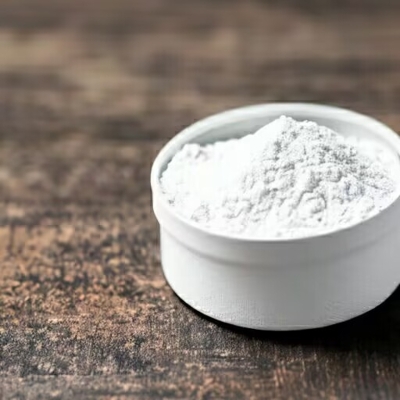-
Categories
-
Pharmaceutical Intermediates
-
Active Pharmaceutical Ingredients
-
Food Additives
- Industrial Coatings
- Agrochemicals
- Dyes and Pigments
- Surfactant
- Flavors and Fragrances
- Chemical Reagents
- Catalyst and Auxiliary
- Natural Products
- Inorganic Chemistry
-
Organic Chemistry
-
Biochemical Engineering
- Analytical Chemistry
- Cosmetic Ingredient
-
Pharmaceutical Intermediates
Promotion
ECHEMI Mall
Wholesale
Weekly Price
Exhibition
News
-
Trade Service
Hypospadias is one of the most common congenital malformations of the genitourinary system in children, with an incidence of 3.
To improve the level of treatment of hypospadias, Chinese researchers conducted a multicenter retrospective clinical study to explore the options for hypospadias and to analyze risk factors
This study retrospectively analyzed the complete clinical data and follow-up data of children with hypospadias treated and followed up at 15 children's medical centers in Chinese mainland from December 2018 to December 2019, with the aim of analyzing the choice of different types of hypospadias and the impact of
A total of 1011 children were included in the study, with a follow-up period of 26 months
Fig.
Of the 375 children in the Duckett group, 192 (51.
2%) had postoperative complications, and multifactorial logistic analysis showed that the length of the foreskin insular flap (OR=3.
506, 95% CI: 2.
258-5.
442) was an independent risk factor for Duckett's postoperative complications (P<0.
001).
Figure 2 Logistic regression analysis of postoperative complications of Duckett surgery
Of the 336 children in the TIP group, 84 (25%) had postoperative complications, and multifactorial logistic analysis showed that postsussus longitudinal urethral plate width (OR=0.
836, 95% CI: 0.
742-0.
942) and glans width (OR=0.
851, 95% CI: 0.
749-0.
965) were independent risk factors for postoperative complications of TIP (P=0.
003; P=0.
012).
Figure 3 Logistic regression analysis of postoperative complications of TIP surgery
Conclusions of the study
Anatomical features of hypospadias (glans size, width of the urethral plate, and position of the urethra) influence the choice of surgical setting
.
Urethral plate width and glans width are risk factors
for postoperative complications of TIP.
The length of the foreskin insular flap is a risk factor
for complications after Duckett's surgery.
References:
Fang Y, Sun N, Song H, et al.
A multicenter study on surgical procedure selection and risk factor analysis of postoperative complications after TIP and Duckett hypospadias repair.
BMC Urol.
2022 Aug 25; 22(1):131.
Edit: Wang Mumu
Reviewed: LR
Execution: LR







